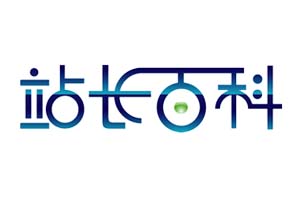一、多线程
线程是一种对于非顺序依赖的多个任务进行解耦的技术。多线程可以提高应用的响应效率,当接收用户输入的同时,保持其他任务在后台运行。
多线程技术在许多场景下都能发挥重要作用,例如在处理 I/O 密集型任务时,通过将 I/O 操作和计算操作分配到不同的线程中,可以实现并行处理,提高应用的响应效率。
在 Python 中,可以使用 threading 模块来实现多线程编程。以下代码展示了高阶的 threading 模块如何在后台运行任务,且不影响主程序的继续运行:
import threading, zipfile
class AsyncZip(threading.Thread):
def __init__(self, infile, outfile):
threading.Thread.__init__(self)
self.infile = infile
self.outfile = outfile
def run(self):
f = zipfile.ZipFile(self.outfile, 'w', zipfile.ZIP_DEFLATED)
f.write(self.infile)
f.close()
print('Finished background zip of:', self.infile)
background = AsyncZip('mydata.txt', 'myarchive.zip')
background.start()
print('The main program continues to run in foreground.')
background.join() # Wait for the background task to finish
print('Main program waited until background was done.')
除了线程锁、事件、条件变量和信号量等同步操作原语之外,还有其他一些工具可以帮助解决多线程应用中的问题。例如,可以使用 threading.Lock() 对象来实现互斥锁的功能,确保同一时间只有一个线程能够访问共享资源。另外,还可以使用 threading.Semaphore() 对象来控制对共享资源的访问数量。
二、Queue模块
尽管这些工具非常强大,但微小的设计错误却可以导致一些难以复现的问题。因此,实现多任务协作的首选方法是将所有对资源的请求集中到一个线程中,然后使用 queue 模块向该线程供应来自其他线程的请求。 应用程序可以使用 Queue 对象进行线程间通信和协调,这样设计更加易于理解、阅读和维护。















